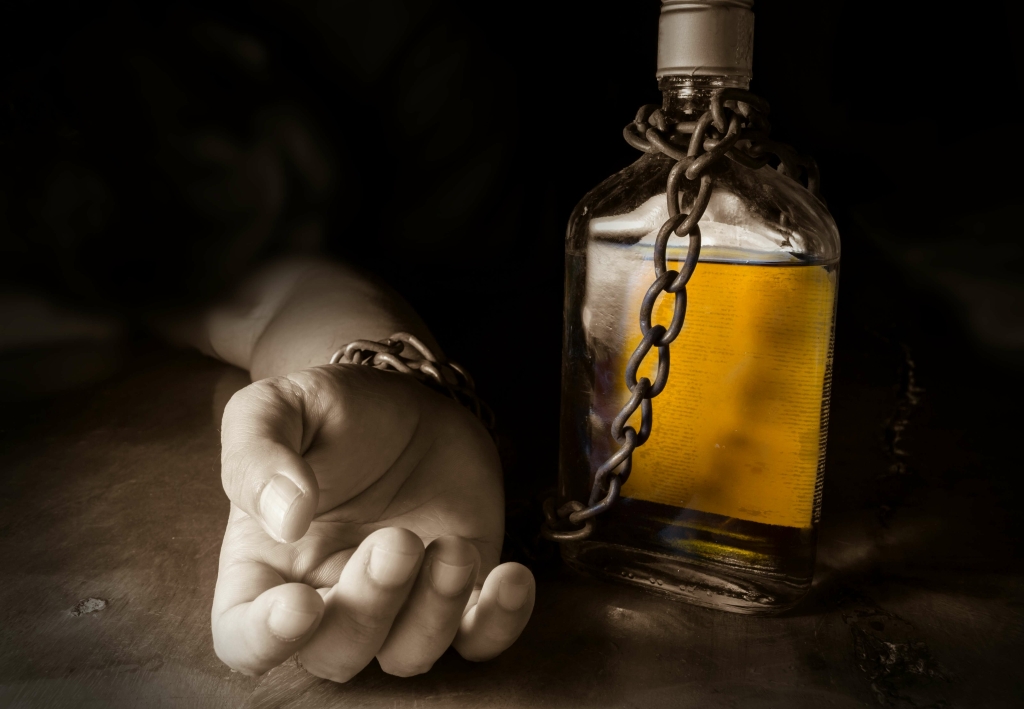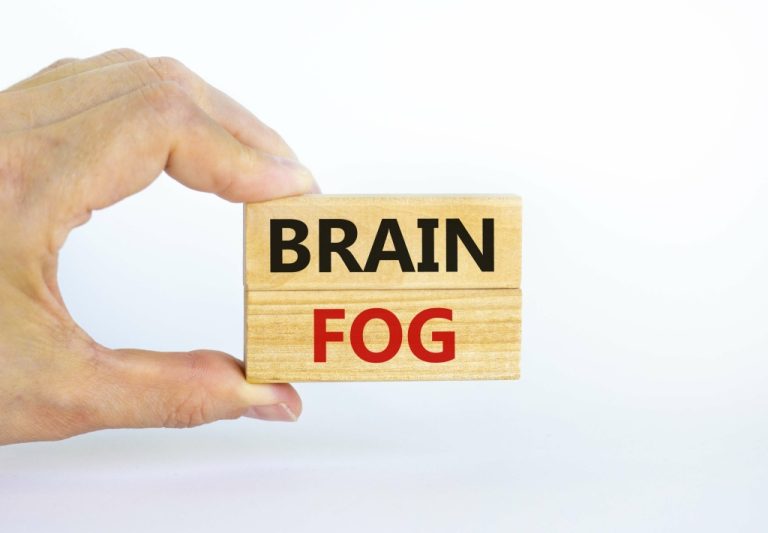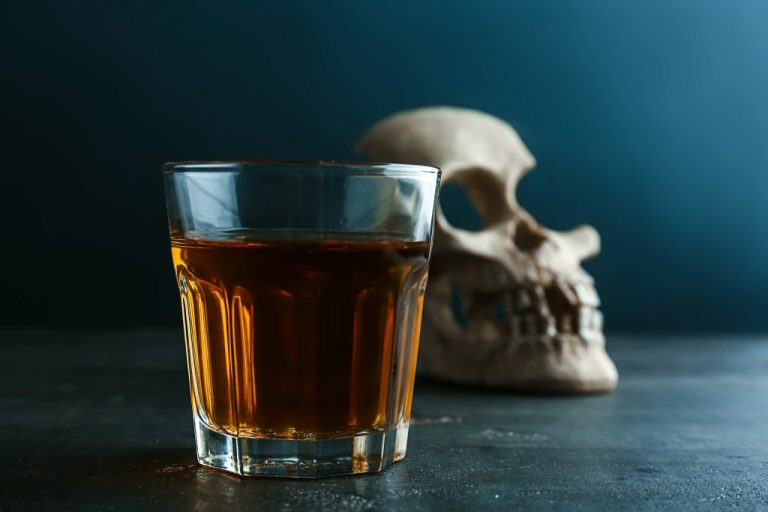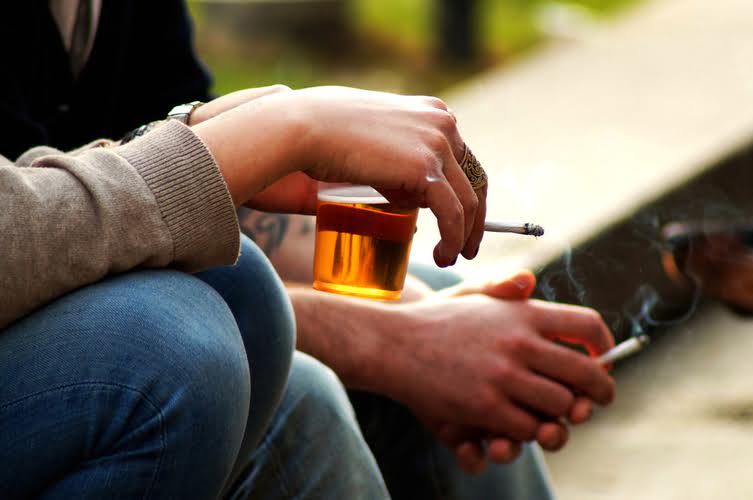An alcohol counselor or medical professional will be able to guide you in your preparations before the meeting with your loved one. For example, they can assist you in determining the specific situations to bring up and how to explain them. An intervention can make all the difference in getting your loved one’s life back on track.
Step Three: Plan For The Meeting
An intervention may not be the right course of action for all families or for all circumstances. Psychology Today offers resources to a wide range of intervention specialists across the country. The best way of ensuring that an intervention is successful and has the desired outcome is to speak to an addiction professional first. This can be an alcohol and addiction counselor, psychologist, psychiatrist, social worker, or professional interventionist. Another purpose of interventions is to provide family members and friends with the skills to address the loved one’s addiction without enabling it. At the conclusion of the intervention, the hope is that loved ones will be able to change their own behaviors to better support the person with the addiction.
Addiction Treatment Services
Many options exist for helping an alcoholic, starting with educating yourself on the disease of addiction. Knowledge about alcoholism equips you for an intervention, finding a treatment center, knowing what to do if they refuse to get help, and taking care of yourself throughout the process. After everyone has an opportunity to share their letters and feelings, the entire group will provide the goal of the intervention.
If your loved one doesn’t accept help
Keep yourself and everyone else from having too high of expectations. Even if you plan well and get professional help, it may not work out the way you expect. Substance abuse takes a strong hold on a person’s life, and attempts to get them out of it may be unsuccessful at first.

Therefore, try to stay calm and collected and remember that hateful words directed at you don’t mean you’re a bad person. Interventions with heavy alcoholics are difficult mentally and emotionally for the exact reasons mentioned. Instead of reacting to them, see the whole scenario as a cry for help – which it is.
Choose a Time and Place for the Alcohol Intervention
Treatment providers are available 24/7 to answer your questions about rehab, whether it’s for you or a loved one. Submit your number and receive a free call today from a treatment provider. While professional help is not required how to do an intervention for an alcoholic for an intervention to take place, it’s helpful to have a moderator that can keep the conversation on track.
Their Health is Worsening
- Facing the reality of a loved one struggling with a drug or alcohol addiction is tough.
- Professional interventionists may have each of you practice sharing your thoughts (or reading your letters) aloud.
- Along with professional guidance, the steps below can help provide an outline and provide important things to consider when planning an intervention for your loved one.
- Families start working with a counselor or family recovery specialist.
- Having an intervention with an alcoholic can be difficult, but it is an important step in helping them to make a positive change in their life.
An intervention is a powerful tool for addressing addiction, but it also requires thoughtful preparation and execution. It’s about creating a safe space where your loved one feels heard and understood, even if they’re resistant to change at first. If they reject the opportunity for treatment, the members of the intervention group must carry out the consequences they outlined during the intervention.
Knowing When You Need to Hold a Drug or Alcohol Intervention
This compassionate approach helps the person feel heard and understood, which can create a strong foundation for change. Motivational Enhancement Therapy (MET) is a counseling technique aimed at encouraging individuals to make positive changes in their behavior. The central tenet of MET is that a person’s motivation to change is often the key barrier to recovery. Many individuals struggling with alcohol addiction may not initially see the need to stop drinking or may feel ambivalent about the idea. MET helps to resolve this ambivalence and bolster their internal motivation to change. Schedule the intervention for a time of day or day of the week when your loved one is less likely to be stressed or under the influence of drugs or alcohol.

Staging an intervention for a loved one struggling with addiction is a courageous act of love, but it can also be emotionally overwhelming and logistically complex. The goal is to create a supportive atmosphere, not a hostile one. It’s about building a bridge toward healing and recovery, one compassionate conversation at a time. Some interventions focus on education and awareness, providing a person with information about the consequences of their addiction. Others focus on skill-building, equipping them with coping mechanisms to manage cravings and triggers. These signs might be different depending on the type of addiction, but they all what is alcoholism point to the possibility of substance use disorder.





